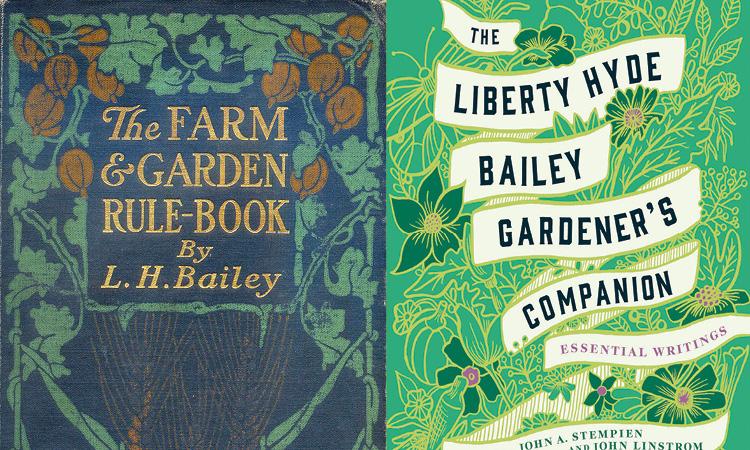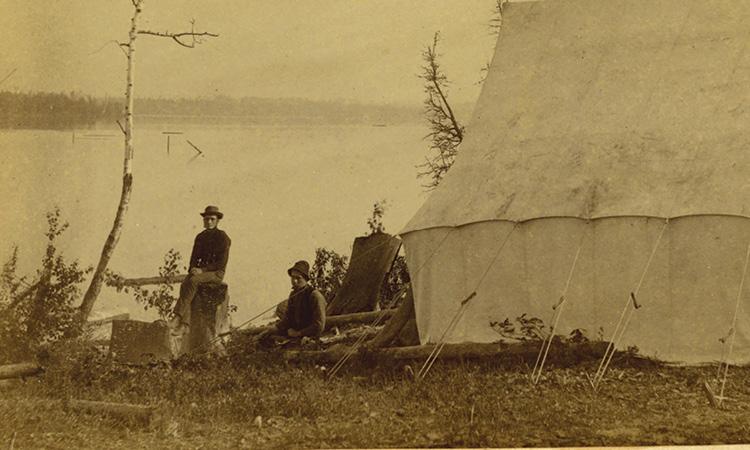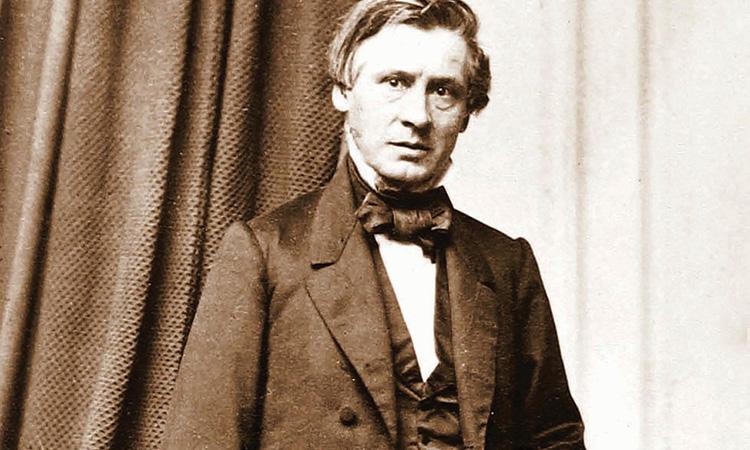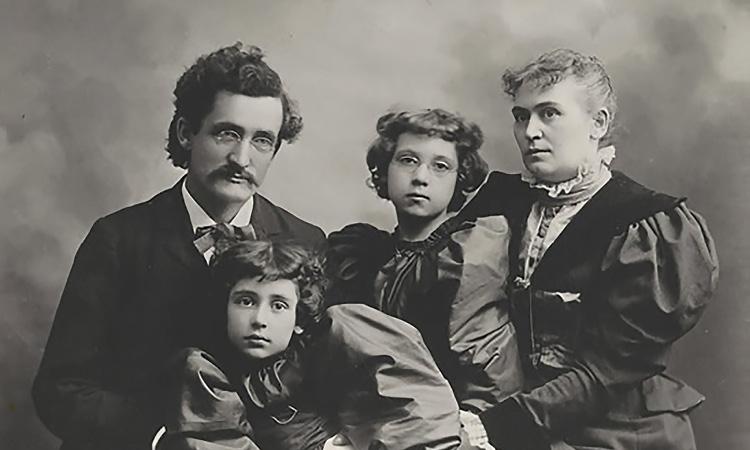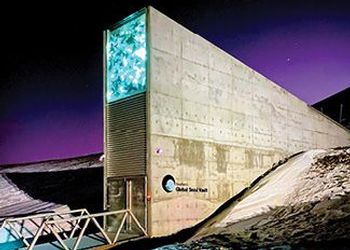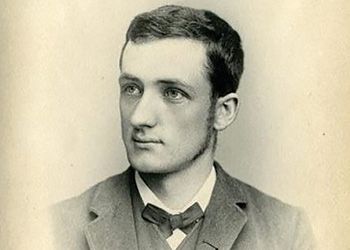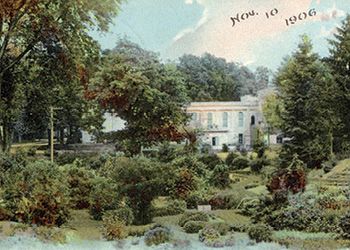Born on a fruit farm in South Haven, Michigan, in 1858, Bailey appeased his youthful curiosity about the natural world by touring local forests, devouring Charles Darwin’s “On the Origins of Species” and successfully courting Beal to speak in South Haven. Bailey’s teenage encounter with Beal accelerated his fascination with the natural world and spurred his enrollment at Michigan Agricultural College (M.A.C.) in 1877, where he thrived under Beal’s guidance.
After Bailey earned his horticulture degree from M.A.C. in 1882, Beal recommended him for an assistantship at Harvard University. Bailey worked as world-renowned botanist Asa Gray’s herbarium assistant for two years before returning to M.A.C. in 1885 to launch the nation’s first horticulture department. Following Beal’s lead, Bailey favored hands-on instruction, distributing pumpkin seeds to students to stress small beginnings and sharing pumpkin vines to illustrate the massive fruits that small plants could bear.
After a three-year run at M.A.C., Bailey accepted a position as chair of practical and experimental horticulture at Cornell University. Over a 25-year run at Cornell, Bailey established himself as a prominent teacher, researcher and administrator, a scholarly life that included the publication of 65 books, more than 1,300 articles and 24 albums of plant photography. After retiring in 1913, he traveled the world—to China, New Zealand, Brazil and other locales—to cultivate his collection of some 140,000 plant specimens.

